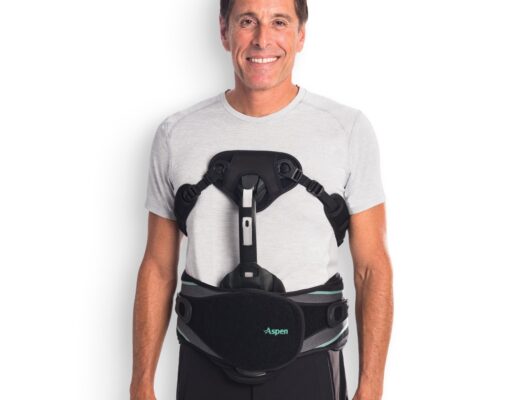Take proactive steps to secure yourself with the right durable medical equipment
Bathroom safety is a critical issue, particularly for older adults and those with disabilities. Falls in the bathroom are a significant safety concern, particularly among older adults and those with disabilities.
These statistics highlight the importance of durable medical equipment (DME) in maintaining bathroom safety:
- According to the Centers for Disease Control and Prevention (CDC), every year, one in four older adults experiences a fall, and more than 800,000 patients are hospitalized due to a fall injury, most often because of a head injury or hip fracture.
- The bathroom is the most dangerous room in the house, accounting for more than one-third of all accidents among older adults, according to the National Institute on Aging.
- In 2015, falls among older adults resulted in approximately 3 million emergency department visits and over 27,000 deaths in the US, according to the National Council on Aging.
- Falls are the leading cause of injury-related deaths among older adults, with approximately 27,000 deaths each year in the US. (National Council on Aging)
- More than one in four adults aged 65 and older fall each year, and falling once doubles the chances of falling again. (National Council on Aging)
- Injuries from falls in the bathroom result in an average of $19,440 in medical costs per hospitalization. (CDC)
To reduce the risk of falls and injuries, DME such as bath benches and chairs, commode chairs, grab bars and tub rails, raised toilet seats, transfer benches, and toilet safety frames are crucial. These devices provide stability and support, making it easier and safer for individuals to complete daily activities in the bathroom.
The need for DME to help people stay safe in the bathroom is urgent, especially as the population ages. According to the US Census Bureau, by 2030, all baby boomers will be older than 65, and older adults will represent 21% of the population, up from 15% in 2019. The need for bathroom safety equipment will continue to grow as the population ages, making it critical to prioritize the use of durable medical equipment to prevent falls and injuries.
There is a large variety of equipment to help provide safety in the bathroom: such as bath benches and chairs, commode chairs, grab bars, tub rails, raised toilet seats, transfer benches, and toilet safety frames. These items are crucial for ensuring the safety and stability of individuals, especially the elderly or those with disabilities while using the bathroom. These devices provide support, stability and assist with transfers while reducing the risk of falls and injuries.
Bathroom safety devices improve bathroom accessibility and make it safer for individuals to complete daily activities independently.
- Toilet safety frames provide support and stability when using the toilet.
- Bath benches and chairs provide a secure place to sit while in the bath or shower, reducing the risk of slipping or falling.
- Commode chairs are designed to provide support and stability while using the toilet.
- Grab bars and tub rails provide extra support and stability while entering or exiting the bath or shower, reducing the risk of falling.
- Raised toilet seats increase the height of the toilet making it easier to sit and stand, especially for those with limited mobility.
- Transfer benches make it easier to transfer in and out of the bath or shower, reducing the risk of falling.
Bathroom safety devices improve bathroom accessibility and make it safer for individuals to complete daily activities independently. Bathroom aids serve a number of important functions in helping individuals maintain their balance and stability, reducing the risk of falls which can lead to serious injury.
Sources:
National Council on Aging. (n.d.). Falls Prevention Facts. Retrieved from https://www.ncoa.org/article/falls-prevention-facts/
National Institute on Aging. (n.d.). Preventing Falls at Home. Retrieved from https://www.nia.nih.gov/health/preventing-falls-home
Centers for Disease Control and Prevention. (2019, April 22). Falls are the leading cause of injury and death among older Americans. Retrieved from https://www.cdc.gov/media/releases/2019/p0422-older-adult-falls.html
US Census Bureau. (2021, August 12). The Baby Boom Cohort in the United States: 2019. Retrieved from https://www.census.gov/library/publications/2021/demo/p25-1153.html










No Comments